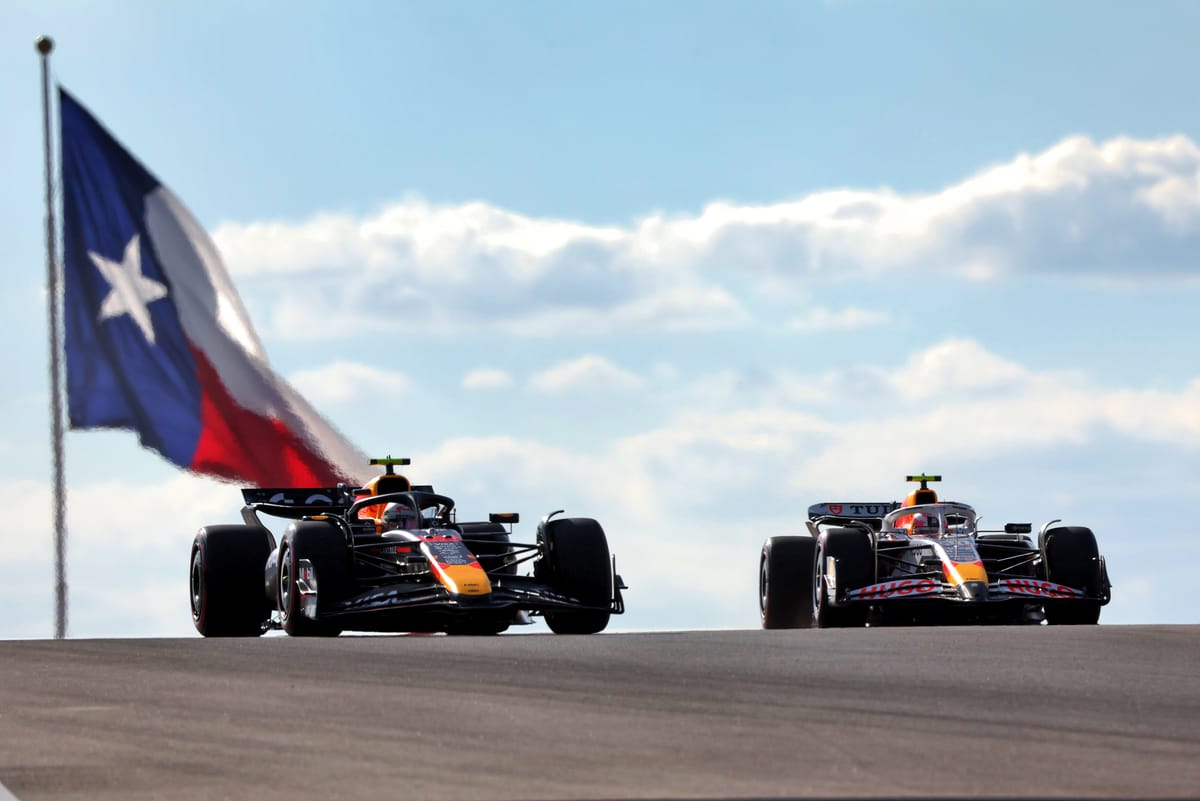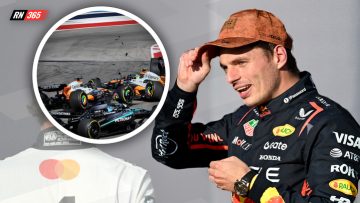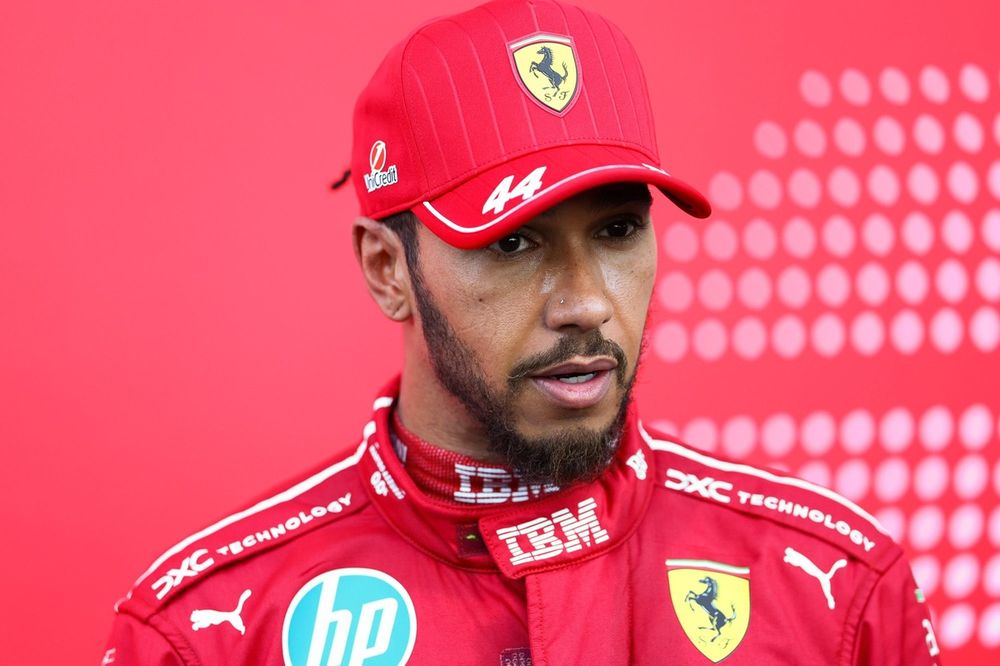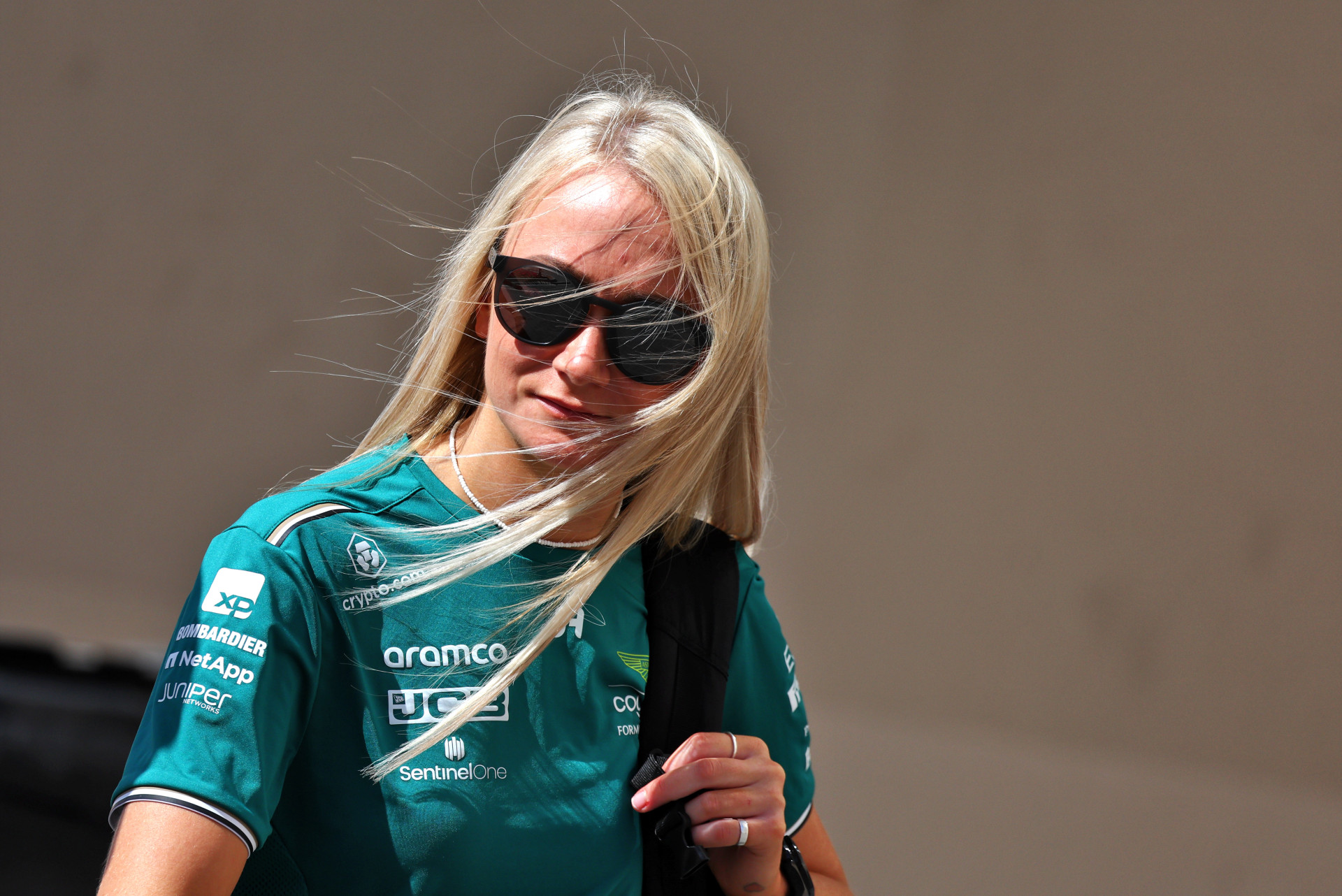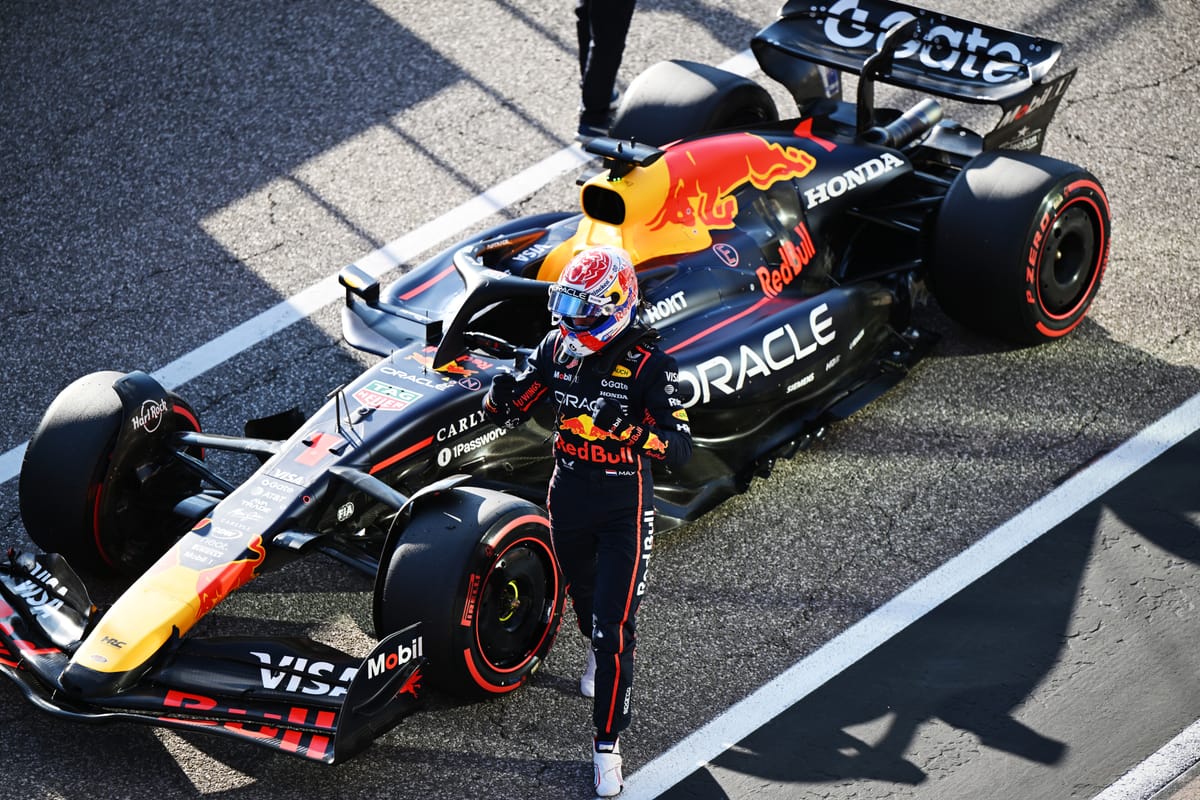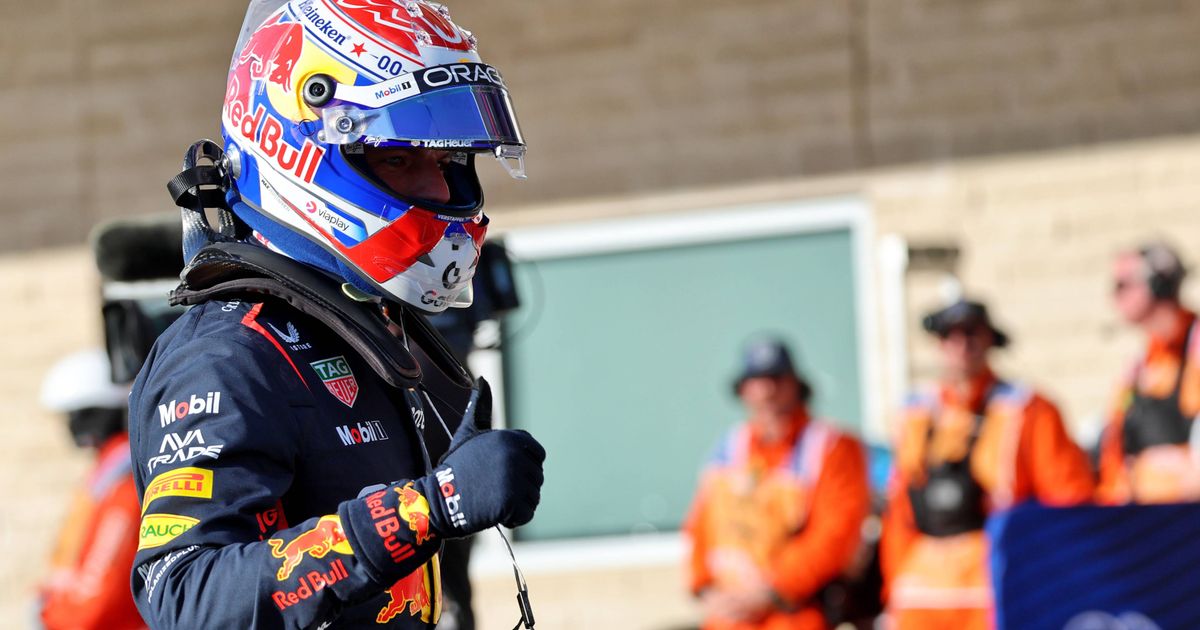
Tsunoda's Setup Propelled Verstappen to Austin Sprint Pole
Red Bull Technical Director Pierre Waché revealed that Max Verstappen utilized teammate Yuki Tsunoda’s car setup to secure Sprint pole position in Austin, highlighting a strategic advantage discovered during practice.
Why it matters:
This revelation underscores the critical role of data sharing and teamwork within an F1 constructor. While Verstappen's talent is undeniable, the ability of Red Bull's engineers to identify and adapt a superior setup, even if it originated from a teammate, showcases their operational excellence. It also demonstrates how finely tuned margins can dictate success in Formula 1.
The details:
- During Free Practice 1 (FP1), Red Bull conducted an experimental setup comparison, running two distinct configurations across Verstappen's and Tsunoda's cars.
- Pierre Waché confirmed that Tsunoda's setup proved to be 'a little bit better,' particularly in how it maximized car performance without compromising low-speed sections.
- The Austin circuit's unique characteristics—combining high-speed corners in Sector 1 with long straights and slower, technical sections in Sectors 2 and 3—made finding a balanced setup crucial.
- Verstappen's Execution: Waché praised Verstappen's ability to 'put it all together' and extract maximum performance from the adapted setup, leading to his Sprint pole.
- McLaren's Performance: Despite expectations that McLaren would dominate, Lando Norris and Oscar Piastri secured second and third, respectively. While close, they couldn't convert their strong pace into pole position, emphasizing Red Bull's effective strategy.
Between the lines:
This scenario highlights the often-unseen synergy within top F1 teams. While individual drivers receive the lion's share of attention, the collaborative effort of engineers and the strategic use of data from both cars are fundamental to achieving optimal performance. Tsunoda's contribution, though indirect, was pivotal in providing the data that ultimately aided Verstappen's success. It's a testament to the fact that even a slight setup advantage can translate into a significant lead on the stopwatch.
What's next:
With the Sprint pole secured, Verstappen aimed to convert this advantage into a victory in the Sprint race, further consolidating his dominance. McLaren, despite missing pole, remained a strong contender, suggesting a closely fought battle. The lessons learned from the setup experiments will undoubtedly be applied to subsequent sessions and races, as teams continuously seek to refine their cars for peak performance.
Original Article :https://www.gpblog.com/en/news/why-tsunoda-was-the-real-deal-behind-verstappens-...



